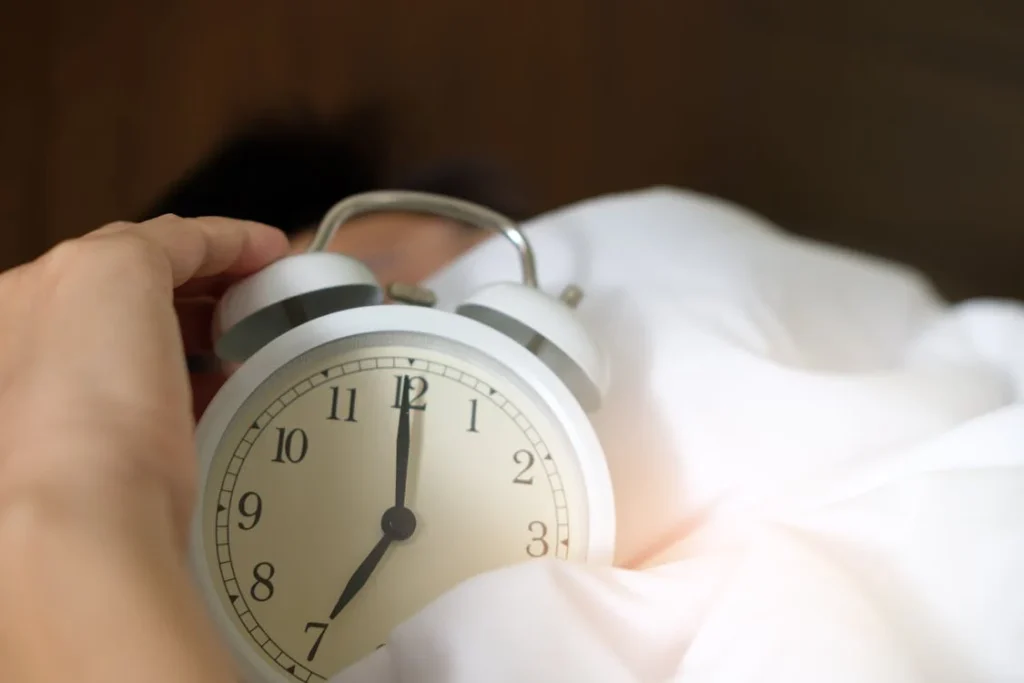A stop watch is a handheld timepiece designed to measure the amount of time elapsed from a particular time when it is activated to when it is deactivated. Unlike regular top watch clocks, which continuously display the current time, stopwatches are specialized tools for timing specific events.
Historical Background
The concept of the stopwatch dates back to the early 18th century.
Importance and Relevance
In today’s fast-paced world, the ability to measure time accurately is essential in numerous fields. Stopwatches are indispensable in sports, helping athletes and coaches track performance. In scientific research, precise time measurement is crucial for experiments and observations. In industries, stopwatches help monitor processes and improve efficiency.
Types of Stopwatches
Mechanical Stopwatches
Mechanical stopwatches use intricate gears and springs to measure time. These devices are often prized for their craftsmanship and accuracy. They do not require batteries and are powered by winding a mainspring.
Digital Stopwatches
They offer additional features such as split timing, memory recall, and are generally more user-friendly. Their displays are typically more readable, especially in low light conditions.
Hybrid Stopwatches
Hybrid stopwatches combine elements of both mechanical and digital designs. They offer the precision and aesthetics of mechanical watches with the functionality and convenience of digital technology.
Features of Modern Stopwatches
Display and Interface
Modern stopwatches come with various display options, from analog dials to digital screens. Backlit screens and high-contrast displays are common features.
Split Timing and Lap Functions
Split timing allows users to record intermediate times without stopping the stopwatch. Lap functions are especially useful in sports, enabling athletes to record the time for each lap in a race or training session.
Memory Recall and Data Storage
Advanced stopwatches have memory recall capabilities, allowing users to store and review multiple timing sessions. This feature is essential for tracking progress and analyzing performance over time.
How Stopwatches Work

Mechanical Mechanisms
Mechanical stopwatches operate through a series of gears and levers. When the user presses the start button, a mainspring is wound, and the gears begin to move. The movement is controlled by an escapement mechanism, which ensures the gears move at a consistent rate.
Electronic Components
Digital stopwatches use quartz crystals and electronic oscillators to keep time. When activated, the electronic circuit counts the oscillations and converts them into readable time measurements displayed on an LCD or LED screen.
Applications of Stopwatches
Sports and Athletics
Stopwatches are ubiquitous in sports, used to time races, track athlete performance, and conduct training sessions. They are essential tools for coaches and athletes alike.
Science and Research
In laboratories, stopwatches are used to time experiments and observations accurately. Precise time measurement is crucial for reproducibility and accuracy in scientific research.
Industry and Manufacturing
In manufacturing, stopwatches help monitor production processes, improve efficiency, and reduce waste.
Benefits of Using a Stopwatch
Precision and Accuracy
Stopwatches provide precise and accurate time measurements, essential for various professional and personal activities. Their reliability makes them invaluable tools in competitive sports and scientific research.
Versatility and Portability
Stopwatches are versatile and portable, making them suitable for a wide range of applications. Whether in a lab, a sports field, or a manufacturing plant, their small size and ease of use make them indispensable.
Challenges and Limitations
Mechanical Wear and Tear
Mechanical stopwatches can suffer from wear and tear due to their intricate components.
Battery Life and Electronic Failures
Digital stopwatches rely on batteries, which can fail or run out of power at critical moments. Electronic components can also malfunction, requiring careful handling and regular checks.
Latest Innovations in Stopwatch Technology

Smartwatches and Integrated Timers
Smartwatches have revolutionized timekeeping by integrating stopwatch functions with other features like fitness tracking, notifications, and more. They offer advanced functionalities and connectivity.
Advanced Digital Interfaces
Modern digital stopwatches feature advanced interfaces, including touchscreens, customizable displays, and connectivity with other devices
Future Prospects
Trends in Stopwatch Design
Future designs will likely focus on enhancing accuracy, user interface, and connectivity. Hybrid models that combine the best of mechanical and digital designs are expected to become more popular.
Potential Developments in Timekeeping Technology
Enhanced durability, smarter features, and more user-friendly designs are on the horizon.
Comparative Analysis
Clocks display the current time continuously, while stopwatches measure specific intervals. Each has its unique applications, with stopwatches being more specialized tools.
User Guides and Tutorials
How to Use a Mechanical Stopwatch
- Winding: Turn the crown to wind the mainspring.
- Starting: Press the top button to start the timing.
- Stopping: Press the top button again to stop.
- Resetting: Press the reset button to return the hands to zero.
How to Use a Digital Stopwatch
- Power On: Press the power button.
- Starting: Press the start/stop button to begin timing.
- Stopping: Press the start/stop button again to stop.
- Resetting: Press the reset button to clear the time.
- Additional Functions: Use split and lap buttons as needed.

